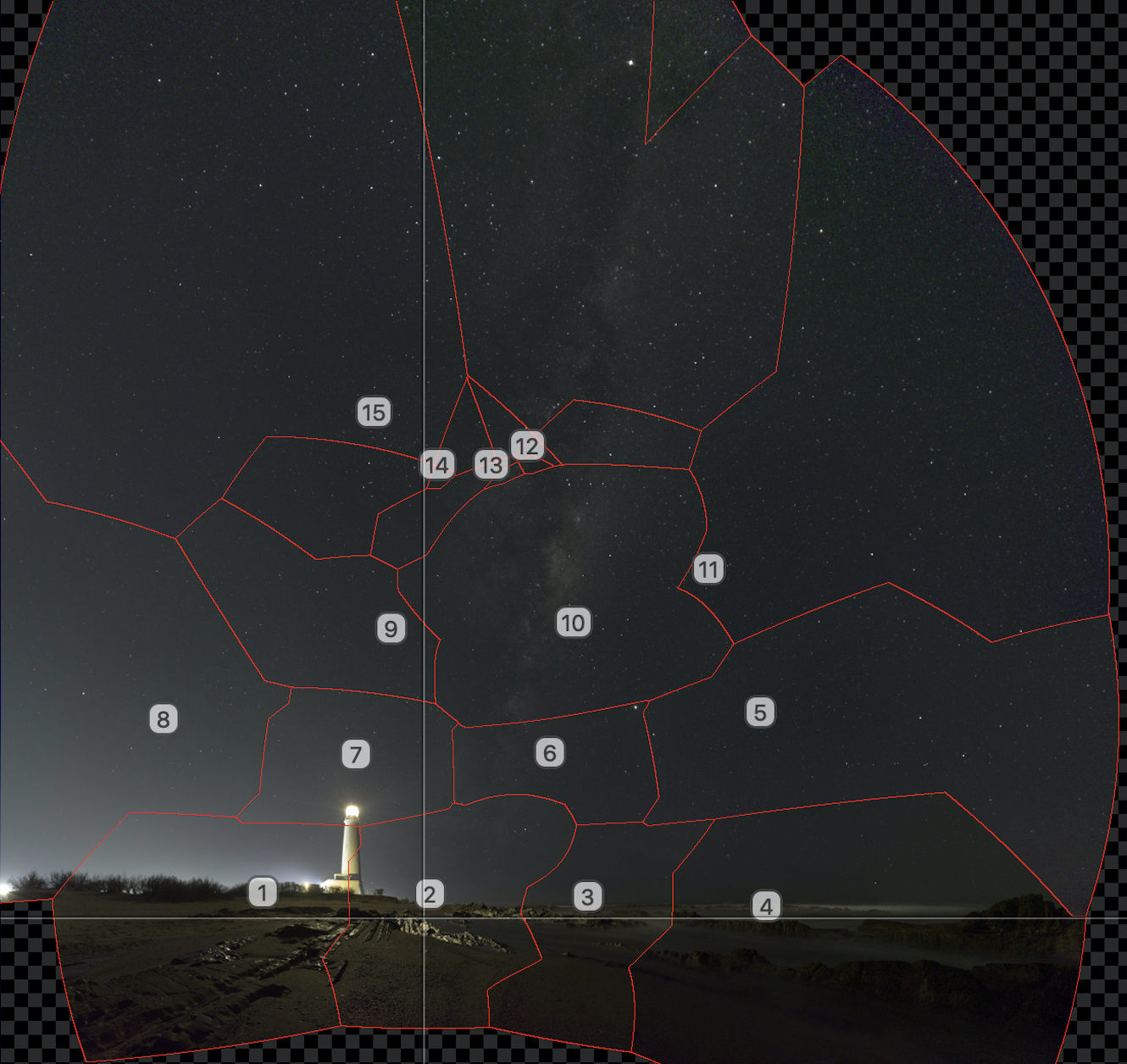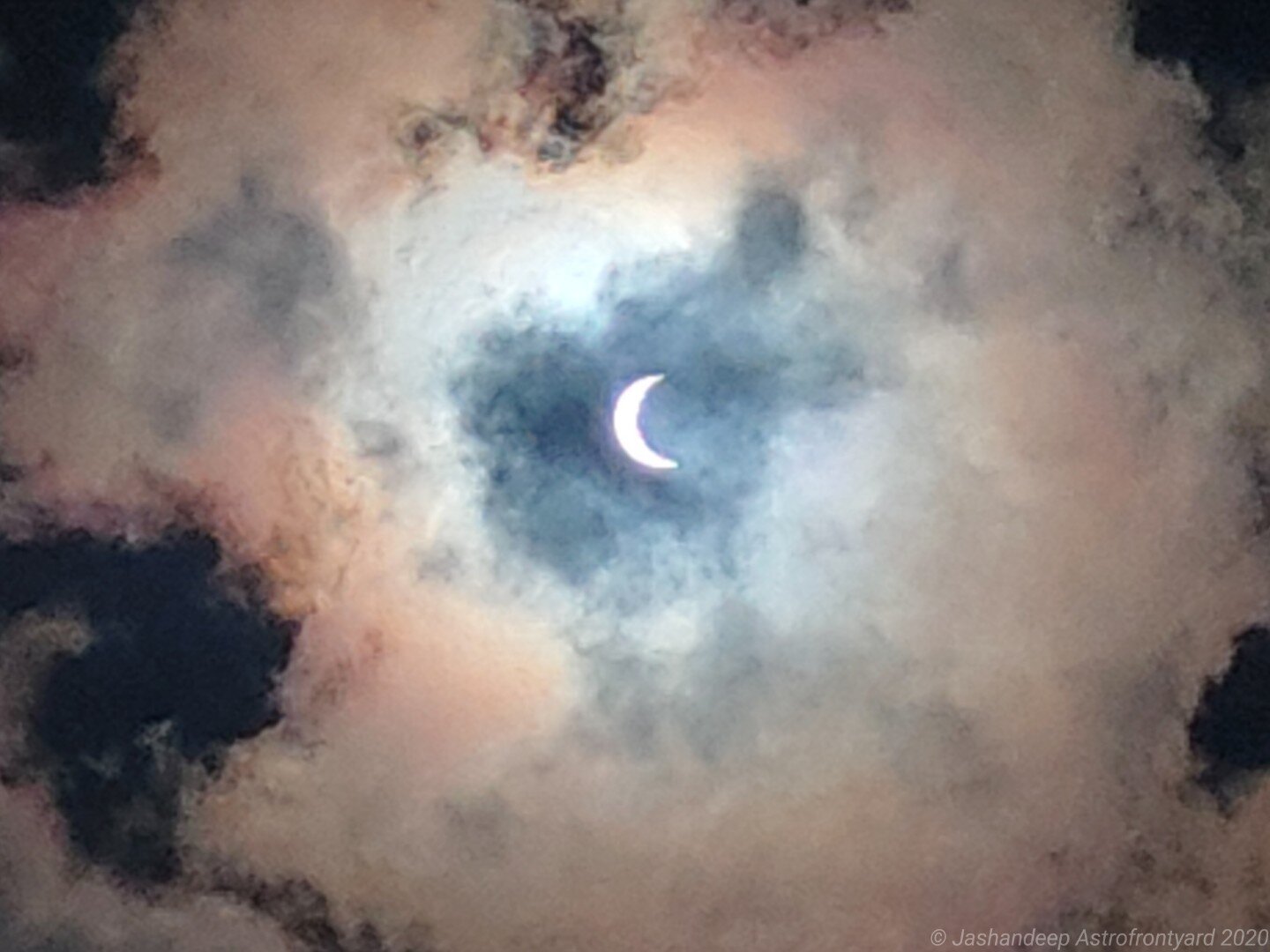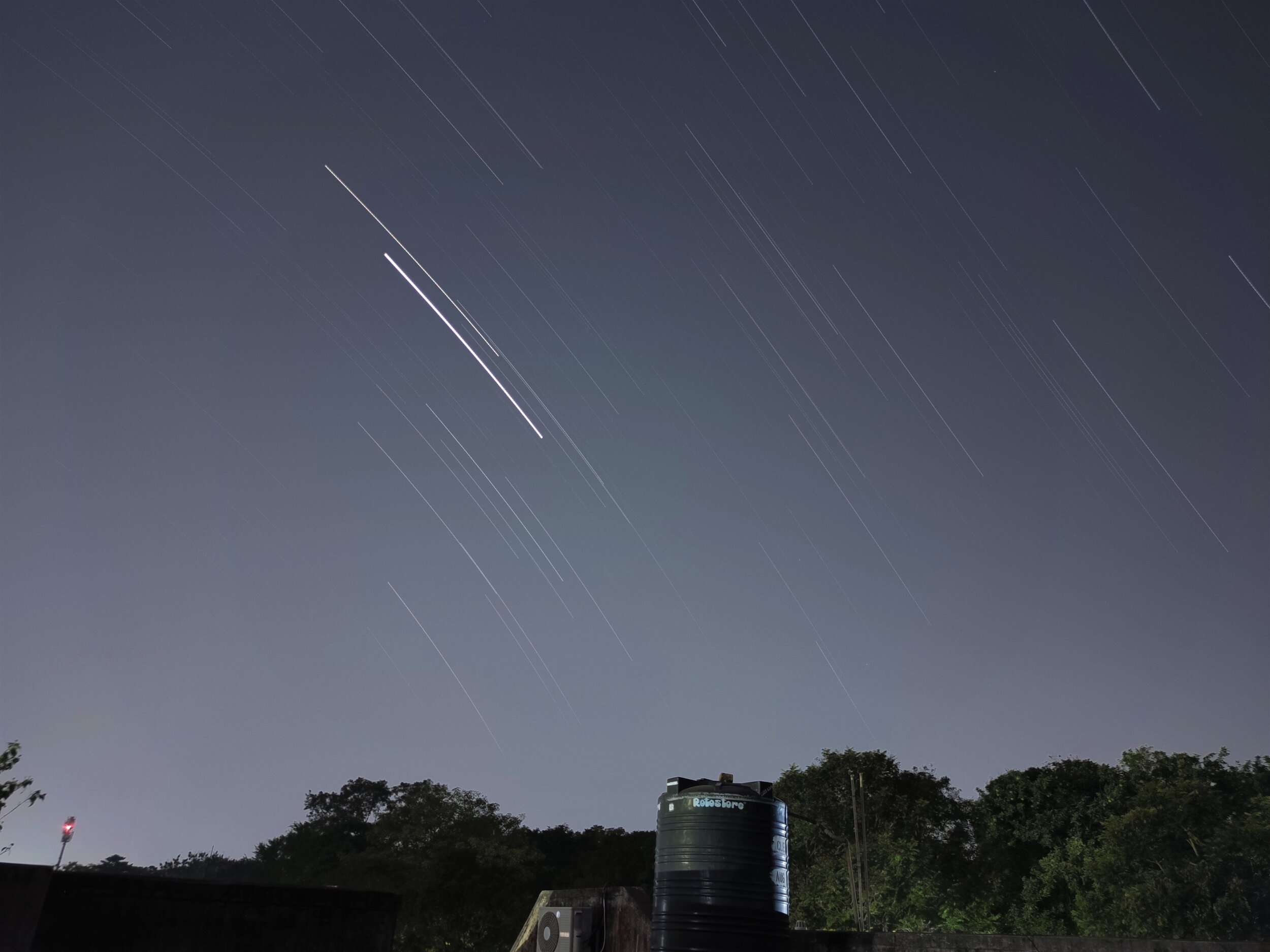Astrophotography with a Smartphone
If you’d asked me 5 years ago if I thought a smartphone would ever be able to capture a decent image of the Milky Way my answer would have been a resounding no. With tiny sensors and small lenses that aren’t capable of guiding much light onto the sensor there’s no way they’re ever going to be much use in such low-light conditions, right? Well, ask me the same question today and my answer would be a lot different.
By using techniques such as stacking multiple images for noise reduction, or using artifical intelligence (AI) to improve the images look, smartphones are becoming scarily capable of producing decent astro photographs.
I asked my followers on Instagram to send in their smartphone astrophotography and I was blown away!
Google Pixel Astrophotography Mode
The Milky Way core captured with a Pixel 4a astrophotography mode. Cornwall, UK. @ayers949
The open star cluster Pleiades (M45) above the Brecon Beacons, Wales. Pixel 4XL. Alyn Wallace
Let’s first take a look at the Google Pixel line which has a built-in astrophotography mode. It’s a bit hidden away in the GCam app. You first have to go into Night Sight mode and then your smartphone has to be on a tripod, or by some other means perfectly still, and then it will automatically suggest that you try astrophotography mode.
There are no options for manual control, you just press the shutter button and then a timer starts. At maximum it will be 4-minutes long, but maybe shorter if you’re not in such a dark environment. The smartphone then captures multiple 15-second exposures and stacks them to create an average, which removes a lot of the noise. As the noise is random in each exposure, creating an average will remove the noise and the scene that remains constant throughout shines through. The final edit of the image is then applied by AI which Google has trained by making it assess thousands of astrophotographs captured by professional cameras.
The resulting image is a pretty clean, decent looking astrophotograph. What’s more impressive is that in order to do the stacking process the software is stacking the foreground first, separating the sky and aligning the stars in each frame before stacking those and blending it back onto the foreground.
Whilst it doesn’t offer much creative control, it’s certainly a really accessible way for beginners to try astrophotography. All you have to do is put the smartphone on a tripod, press the shutter button and wait.
Manually Stacking
Unfortunately no other smartphone offers automatic stacking but there are apps that allow you to do the stacking process yourself. For Windows users the best option is Sequator and for Mac users the best option is Starry Landscape Stacker. Most smartphones come with a “Pro Mode” in the camera app that allows you to capture RAW files, so all you need to do is capture multiple images, the more the better, and stack them yourself. The examples below are testament to the results you can achieve with this method.
Xiaomi Mi9T. 470 exposures (15secs, ISO6400) collected over 3 nights. Stacked in PixInsight. São Paulo, Brazil. @lucasgoncalvesmiranda
Xiaomi Mi10T. Milky Way above Gökçeova, Turkey. 6-exposures stacked. Okan Bozat.
Panoramas
Doing panoramas is a great simple technique to improve your astrophotographs. It results in an image with higher resolution that appears to have less noise as the grain becomes smaller relative to the overall size of the image. To take things a step further, you can stack multiple images for each frame of the panorama and end up with a high resolution image with even less noise.
Stitching a panorama in PTGui. Each frame was a stacking of 5-exposures captured on a Huawei P40 Pro. Uruguay. @astropolo_
The resulting panorama is highly detailed and pretty noise free. Huawei P40 Pro. Uruguay. @astropolo_
Use a Star Tracker
Mounting your smartphone to a star tracker will allow you to take longer exposures before the stars begin to trail. It’s just a shame that most smartphones will max out at 30 seconds. Stacking tracked images is the best way to produce clean images and unveil faint details in astrophotography.
The Milky Way core captured on a Huawei P30 Pro with a home-made barn door star tracker. 60 x 30 seconds, ISO3200, f/1.6. Nico Carver
.
The Milky Way rising above a road in Chile. Xiaomi Mi Note 10 phone, f/1.7, ISO3200, 32 sec x 8 (tracked) + ground (untracked). Yuri Beletsky
The Milky Way above Inceğiz Kanyonu, Turkey. Xiaomi Mi10T. 20 x 30" f/1.7 ISO 3200. Sky tracked with a Move Shoot Move Star Tracker. Okan Bozat
Use code ALYN for 5% off the Move Shoot Move Star Tracker
Shoot Through a Telescope
Whilst it may be an expensive upgrade to your smartphone camera, taking photographs through the eyepiece of a telescope is a great way of capturing the Moon and planets.
Lunar Eclipse, Saturn, Mars and Juptier captured with an iPhone 6 through an 8-inch Dobsonian telescope. Louisiana, USA. @logansoileau
Orion Nebula and Mercury transiting the Sun captured with an iPhone SE through a Celestron 130slt. @Southern_astrophotographer
Deep Space Without a Telescope
Even if you don’t have a telescope you can still do some pretty incredible things by using the zoom lenses in some smartphones and utilising the stacking technique to improve image quality.
Andromeda galaxy captured using the zoom on a Huawei Mate 20 Pro. 150 exposures stacked. Almatsum Almaadi
A partial solar eclipse captured using the zoom on a Xiaomi RealMe XT. Jashandeep Singh
Moon Mode with Huawei Phones
If you’re using 10x zoom on a Huawei phone aimed at the Moon it will automatically detect that you’re taking a photo of the Moon and automatically recommend “Moon mode”. Then when you capture your image it uses AI to improve the surface detail.
This mode only works if the Moon is at least half full and you need to have a clear view with no clouds. The results are pretty impressive but you have to ask if it’s a gimmick. I mean, how many photographs of the Moon are you going to take?
Captured with “Moon mode” on a Huawei P30 Pro. @dakri_und_wer_bist_du
Captured with “Moon mode” on a Huawei P30 Pro. (C) VIs Pat
Star Trails
I was also sent a number of impressive star trails. iPhone users were using the app NightCap whereas those on Android were using either Star Trails or Light Trails. Another technique is to use an intervalometer app which basically presses an area of your screen at a set interval, so you programme it to press the shutter button of your camera app every 30 seconds for example and then manually stack the images in a programme like StarStax. I have a full tutorial on YouTube about “How to Create Stunning Star Trails”.
Star trails around the southern pole. Xiaomi Mi 10T Pro phone, f/1.7, ISO1600, 10 sec sequence (1-hour total). Yuri Beletsky
Captured with the Star Trails android app. (C) Pata Nahi
Star trails and fireflies captured with the “Comet Mode” on the Light Trails android app using a Redmi Note 7 Pro. @Genda_fool
Night Sky Wonders
Milky Way aside I was also sent an impressive mix of different night sky subjects. It’s so awesome to see people using smartphones to capture such a range of different night sky phenomena.
Comet NEOWISE above the Brecon Beacons, Wales, captured on a Xiaomi Mi8. @adamtattonreid
Noctilucent clouds above Dublin captured on a Samsung Galaxy S20. @roman1e2f5p8s
Aurora captured on a Huawei P30 Pro. @zenderfull
Lightning as Volcano Taal was erupting in the Philippines captured by @eugeneappleseed on an iPhone 11
Summary
Whilst I’m still confident that smartphones will never catch up to professional cameras and lenses, the progress made over the past 5 years is seriously impressive. I’m interested to see just how much the AI can improve and whether more brands will adopt the stacking method like we see in the Google Pixel’s GCam app.
I do love how smartphones are providing an accessible way for beginners to try out astrophotography. I imagine a lot of people who photographed comet NEOWISE last year with their smartphones have gone on to purchase their first professional camera and have a go at astrophotography.
Finally, a huge thank you to all of my followers who submitted images. You have blown me away!


























